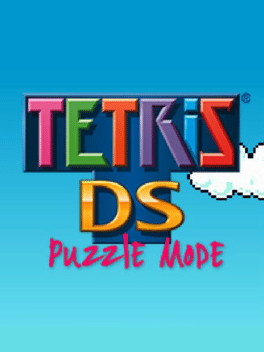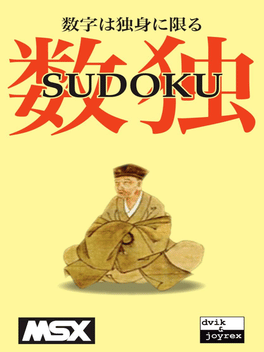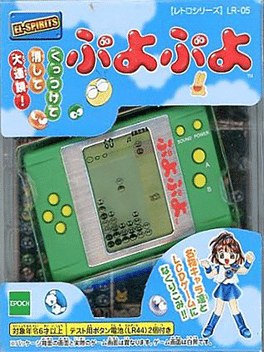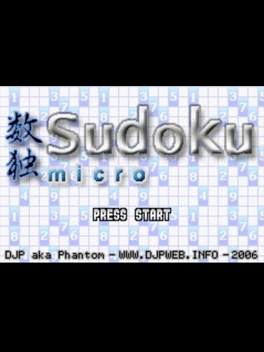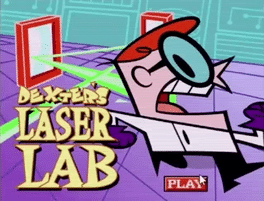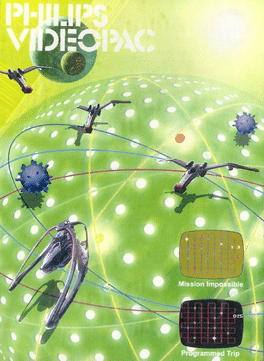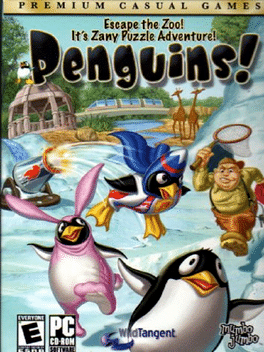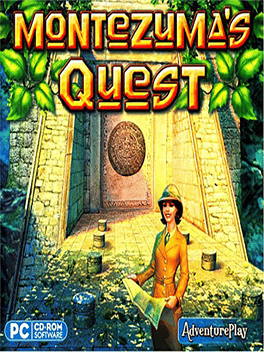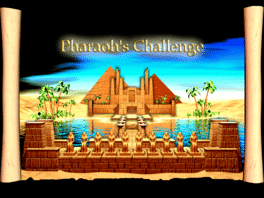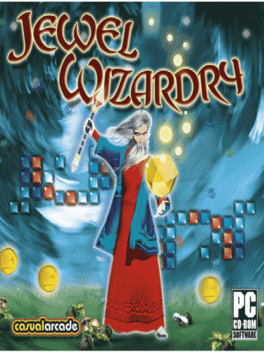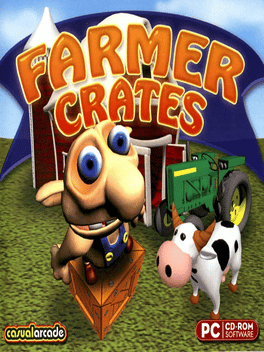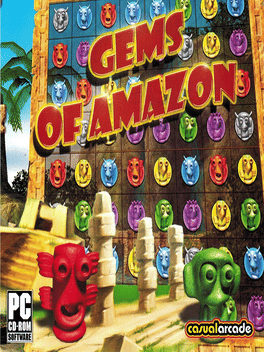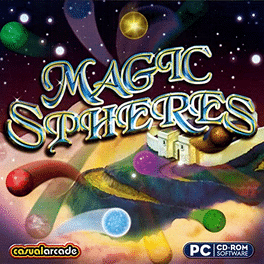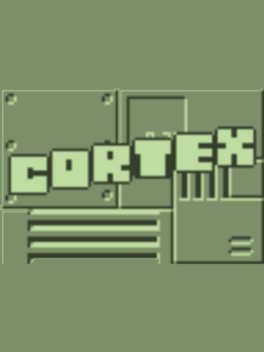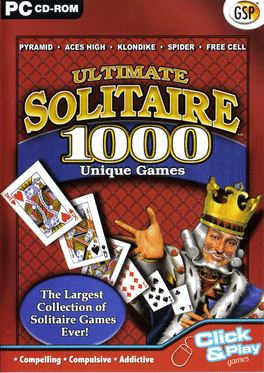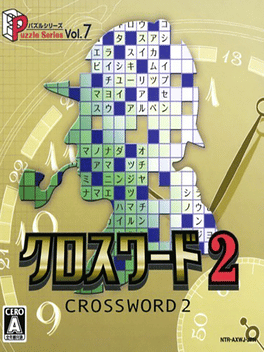New Puzzle Games - Page 236
-
Tetris DS Puzzle Mode
2006
Tetris DS Puzzle Mode is the name given to an online Flash advergame that appeared on the Nintendo Arcade section of Nintendo's official website, where it was simply listed as Tetris DS. It is meant to function as a demo for the Nintendo DS title of the same name, specifically its Puzzle mode. The game is themed after Super Mario Bros. 3, using graphics of clouds, hills and colored blocks from that game to compose the background. Two Green Yoshis using sprites from Yoshi's Cookie hold a big sign showing the level currently being played, and another one peeks from behind the game board. -
Sudoku
2006
-
Puyo Puyo
2006
Puyo Puyo
2006
The LCD version of Puyo Puyo is an handheld game developed by Handheld Ltd.. It was distributed first by Epoch in 2006 as part of the EL-SPIRITS Retro series, and resaled by Hashy Top-In in 2008 as part of the Pocket Boy Series. -
Taisen Panic Bomber
2006
-
Sudoku Micro
2006
-
Dexter's Laser Lab
2006
Dexter's Laser Lab
2006
Dee Dee just used Dexter's lab for her birthday party. Now it's time to clean up. Place mirrors and use Dex's TidyTron 4000 laser to blast the party balloons in Laser Lab. -
Mission Impossible / Programmed Trip
2006
Two titles are available in this cart: - Mission Impossible is an action game. The player must protect a cargo ship (white craft) which travels on a lay lines from bounty hunters (red crafts), which will destroy the cargo ship if they cross its way. As the cargo ship moves along the lay lines, the player must place NGR bots (green X symbols) at the lay line intersections to change traffic; the player has 7 NGR bots and can replace them. When any ships reaches an NGR bot, it will turn right if traveling vertically or turn toward the bottom of the screen when traveling horizontally. Red mushroom-shaped power ups, when picked up allow the cargo ship to destroy the bounty hunters; alternatively, bounty hunters can be simply directed to them and will be destroyed. White X marks will send the cargo ship back in the opposite way it was traveling; if hit by a bounty hunter, they will also send them back, but will be destroyed. Lilac squares are mines which will destroy any ship that passes over them. Finally, blue dots wi -
Penguins!
2006
Penguins!
2006
Visit the most adorable animals in the zoo any time of the day or night! Join Ace the penguin on his escape through 80+ levels of penguin-puzzle fun. Ace and fellow penguin friends need your help to elude zoo keepers by using a bunch of cool gadgets to make it through 8 different zoo zones. Visit the gift shop to buy your penguins new outfits or pick up a hot new soundtrack and thaw that frigid air. Track your progress with zoo maps and play on into any season of the year. You can even download penguin soundtracks, wallpaper, and gorgeous story art. Penguins is year-round fun for everyone! -
Power Pipes
2006
Power Pipes
2006
Oh no! A blackout has hit the city and as the only electrician in town, it's up to you to restore power. Connect the contacts to create spectacular electrical discharges and give the city a jolt of juice. The longer and more complex your circuit, the bigger the surge and the higher your score! -
Montezuma's Quest
2006
Montezuma's Quest
2006
Montezuma's Quest is a game similar to Bejeweled. The objective is to swap one gem with an adjacent gem to form a horizontal or vertical chain of three or more gems of the same color. Between the levels you can spent upgrade points to obtain bonuses. -
Pharaoh's Challenge
2006
Pharaoh's Challenge
2006
Similar to other Match 3 games but in Pharaoh's Challenge you match arrows pointing the same direction. -
Mystic Diamonds
2006
Mystic Diamonds
2006
Mystic Diamonds it's a puzzle game in which you click on a gem and drag it through the game field creating matching groups of 3 or more gems vertically or horizontally. -
Jewel Wizardry
2006
Jewel Wizardry
2006
Jewel Wizardry it's a puzzle game in which you need to destroy colored blocks using a weird gameplay of putting another block of the same shape on top. -
Farmer Crates
2006
Farmer Crates
2006
In Farmer Crates you need to slide crate to their correct position to move to the next level, there are 100 levels. The gameplay it's similar to Sokoban. -
Gems of Amazon
2006
-
Magic Spheres
2006
Magic Spheres
2006
A game similar to Bejeweled in which for every level completed you recieve one upgrade point to spend in upgrades that mekes your life easy. -
Cortex
2006
Cortex
2006
Cortex is a puzzle game in which you have to clear all blocks from a room by pushing 3 or more matching blocks together to make them disappear. Features a total of 40 levels. -
Myth Match
2006
Myth Match
2006
Myth Match is a marble shooter game with a fantasy theme. The objective is to control a spellcaster, moving sideways at the bottom of the screen, and shoot gems from the wand at a series of multi-colored spherical jewels, to make matches of three or more of the same color and make them disappear. The jewelry line rolls on twisting tracks occupying most of the screen, being pushed by an enemy character and moving towards an exit hole. If three or more enter the exit, the player loses a life and the level has to be replayed, and the game is over after all the lives are spent. A meter at the top fills with each match, and the level can be finished when it is full. -
Ultimate Solitaire 1000
2006
Ultimate Solitaire 1000 is a collection of solitaire games boasting 1000 unique games. This compilation of card games is fully featured and easy to load, customise and play. It can be run either in a window or full screen. -
Puzzle Series Vol. 7: Crossword 2
2006
A second series of crossword puzzles in Hudson's Puzzle Series
